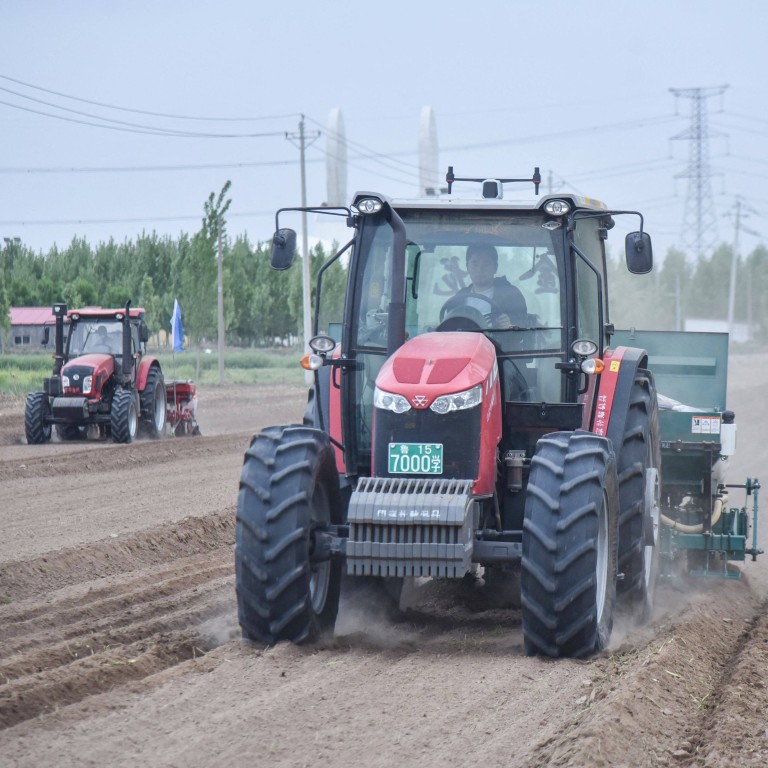
China food security: Beijing doubles down on domestic soybean push amid self-sufficiency drive
- Vice-Premier Hu Chunhua said last week that the northeast provinces will ‘play a crucial role’ in China realising this year’s target to increase soybean planting
- China has listed soybean expansion as ‘a major political task to be accomplished’ in 2022, with domestic soybean output expected to rise this year
China must use “multiple measures to increase soybean production”, according to Vice-Premier Hu Chunhua, in the latest food security push by the central government amid a heightened focus on self-sufficiency.
He urged officials to “speed up recovery and expand soybean planting areas”, while also mentioning increased subsidies and initiatives for farmers to grow more soybeans.
We must take multiple measures to increase soybean production, ensure we achieve the target of expanding plantation and intensify capabilities of self-sufficiency
Increasing supplies and machinery to ensure the targets for spring planting season were achieved were also highlighted by Hu.
Hu also placed an emphasis on strengthening the breeding of high quality soybeans and the application of planting techniques to boost efficiency, according to the official statement of the visit which was released over the weekend.
“We must take multiple measures to increase soybean production, ensure we achieve the target of expanding plantation and intensify capabilities of self-sufficiency,” said Hu, whose portfolio includes agriculture.
China has listed soybean expansion as “a major political task to be accomplished” in 2022, with domestic soybean output expected to rise by 26 per cent to 20.6 million tonnes this year.
Time to ‘turn on the red light’ as China’s food security faces pressure
Beijing hopes to raise domestic soybean output by 40 per cent to 23 million tonnes by 2025.
China is the world’s largest buyer of soybeans, but imports fell by 0.8 per cent to 28.36 million tonnes in the first four months of the year.
Analysts have warned about the hefty reliance on external markets amid geopolitical complications and have urged increased domestic production both in terms of total output and unit yield.
China’s domestic soybean production dropped by 16.4 per cent to 16.4 million tonnes in 2021, while import fell by 3.8 per cent to 96.5 million tonnes last year.
Planting area in China also fell by 15 per cent in 2021, while an already low per unit yield which is already around 60 per cent of the level seen in the United States, fell by 1.8 per cent last year.
Heilongjiang, the largest soybean producer, aims to raise output by 18 per cent this year to 8.5 million tonnes, while also increasing acreage by 17 per cent and boosting subsidies to soybean producers.
Inner Mongolia, the second largest soybean production region, aims to increase the planting area of the crop by 25 per cent this year, while Henan in central China and Sichuan in the southwest both plan to increase the soybean planting.


